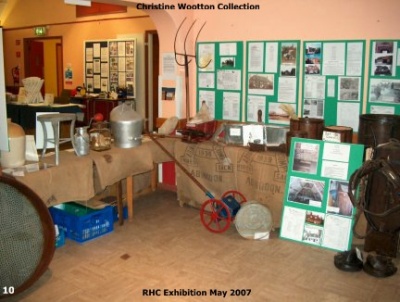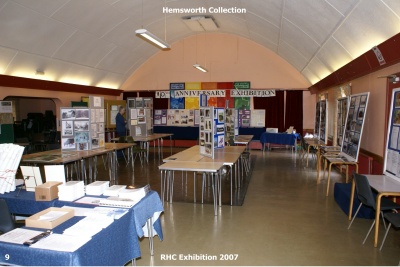The exhibition in Radley Village Hall on 16-17 July 2011 told the story of Radley’s farms and families, past and present. Radley once had at least 17 farms, now it has just two – Peach Croft Farm and Lower Farm. The Club’s new book, Radley Farms and Families 1600-2011, charts the story of Radley’s farms and families over more than four centuries.

The displays featured material from the Club archives on various farms (Walsh’s, Minchin’s, Wick, Pumney, Neat Home, Peach Croft, Park End, Church, Sugworth, Gooseacre, Home, Thrupp), the Stonhouse family, Radley people, farmhouses in the village, farming methods through the ages and aerial photographs of Radley. Rita and Brian Ford brought along many items from their collection of agricultural implements and memorabilia.


Over 300 people visited the exhibition during the course of the two days.
“A very interesting exhibition which has brought back some lovely memories”
“Very professional – an excellent farming history”








